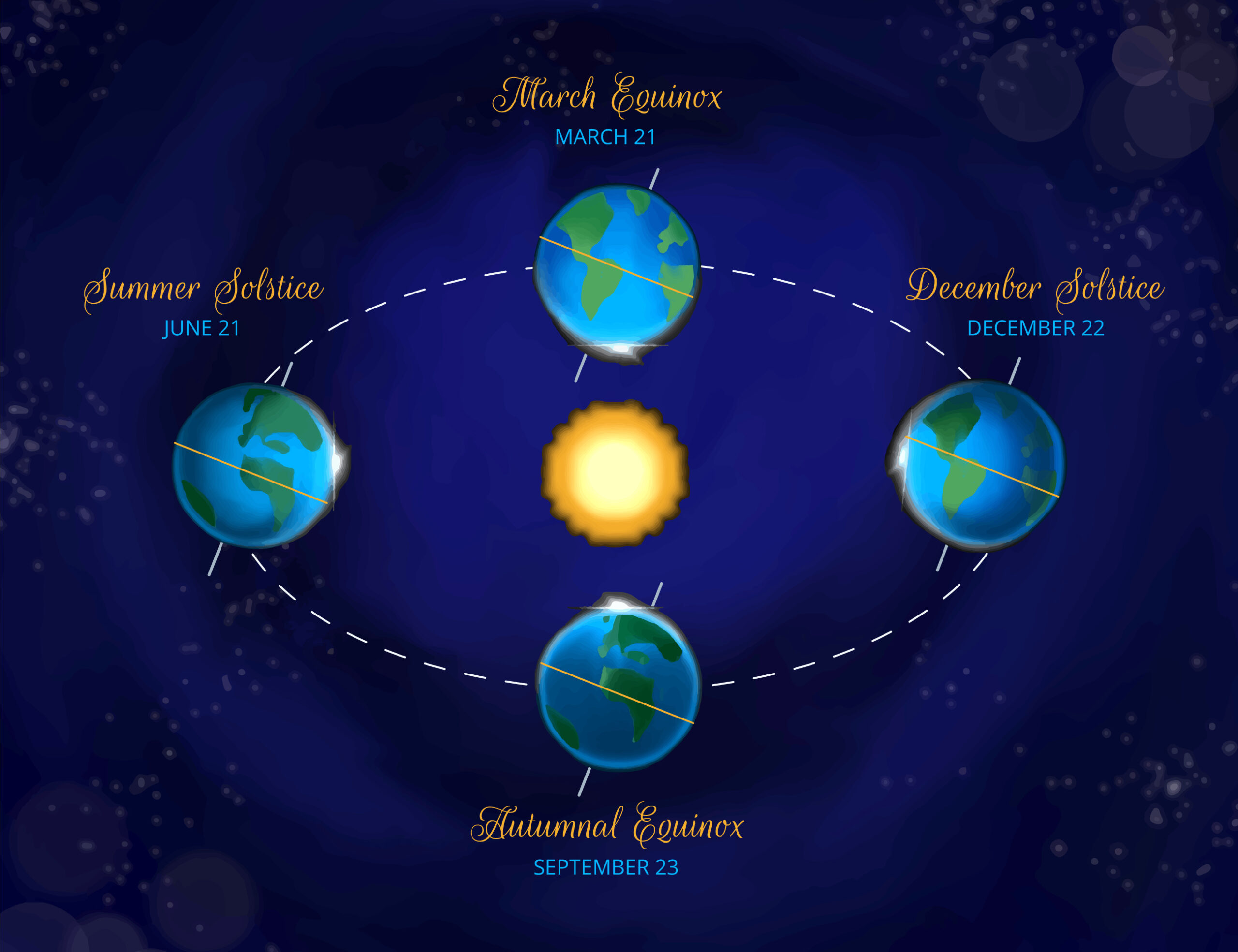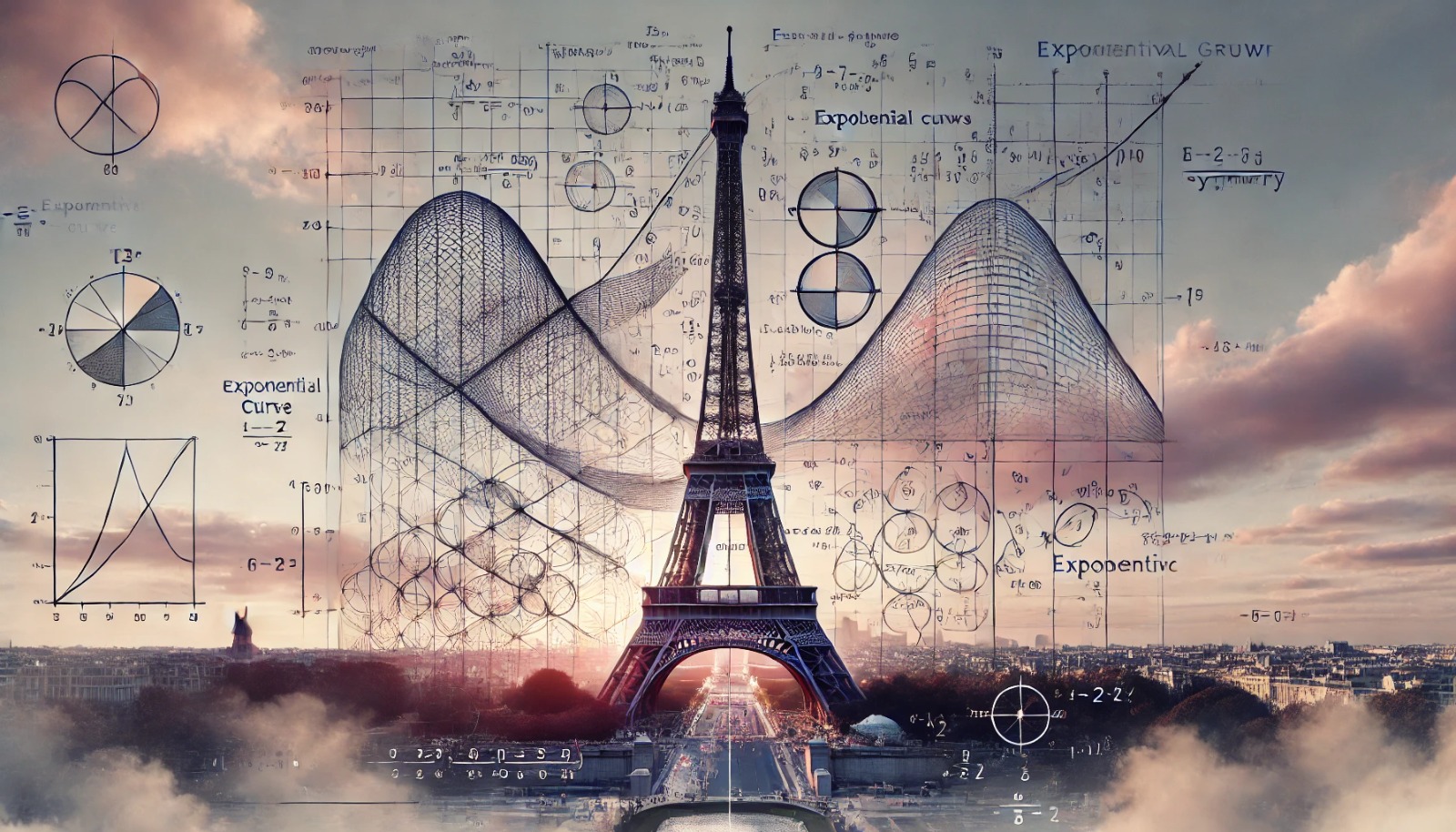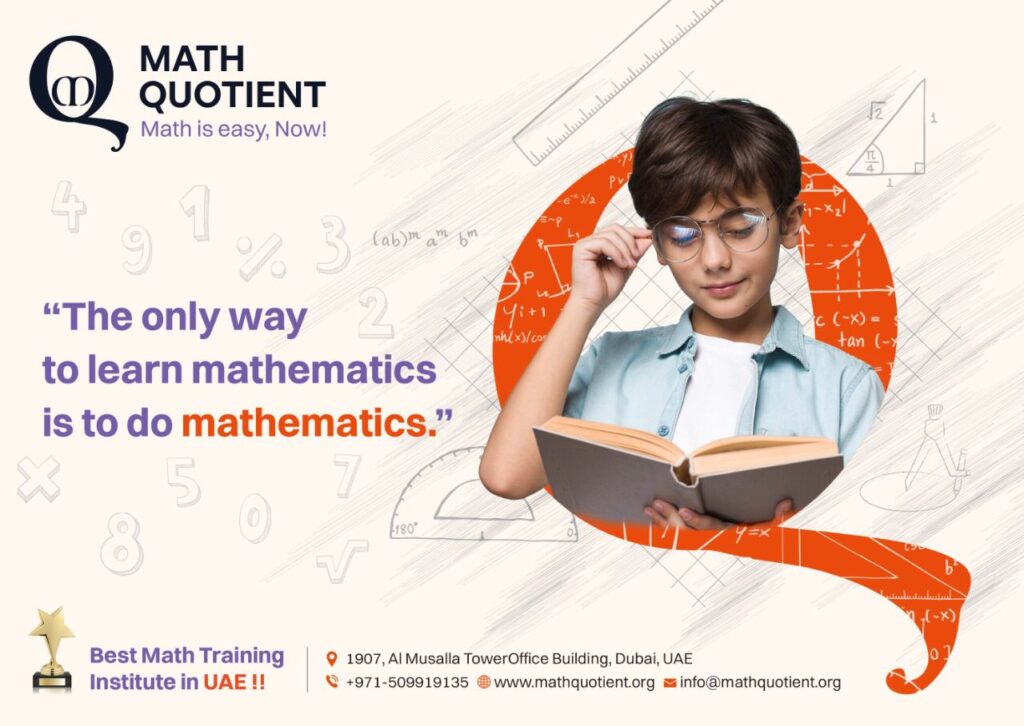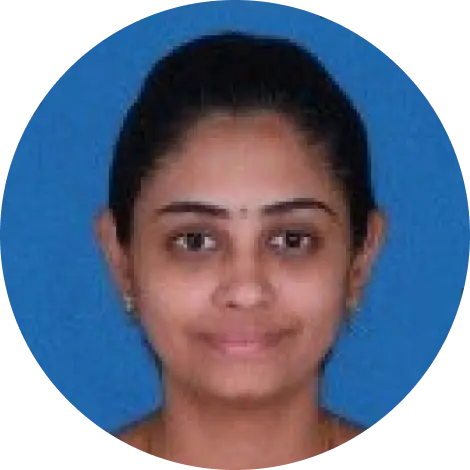What do broccoli, a snowflake, and a mobile phone antenna have in common? At first glance, they might seem worlds apart. But look closer, and you’ll discover a hidden thread that connects them all – the intricate world of fractals. In this article, we’ll unravel the mystery behind these fascinating geometric shapes, explore their significance in the natural world and technological advancements, and delve into the mathematical magic that brings them to life.
The Fascinating World of Fractals: Mathematics Shaping Our World
Fractals are mathematical marvels that beautifully blend geometry, art, and science. They are self-replicating patterns found in nature and digital systems, demonstrating that mathematics governs much of what we see around us. These infinitely complex structures reveal how seemingly chaotic systems possess hidden order. Let’s explore the world of fractals, from their mathematical origins to their transformative applications across various fields.
What Are Fractals?
A fractal is a fascinating mathematical concept where a shape or pattern repeats itself on smaller and smaller scales, creating intricate designs that seem infinite. For example, a snowflake’s structure is a natural fractal, with each branch mirroring the whole. Fractals are also seen in tree branches, river networks, and even lightning bolts! Mathematically, fractals like the Mandelbrot set are generated using iterative equations, showcasing stunning, self-repeating visuals. These patterns aren’t just beautiful—they’re used in computer graphics, architecture, and even modelling natural phenomena. Fractals truly reveal the hidden order within chaos!
Fractals are geometric shapes that exhibit self-similarity—they look the same regardless of the level of magnification. Unlike traditional shapes, such as circles or squares, fractals have fractional dimensions. This means they exist in a space that lies between dimensions, such as between a line (1D) and a plane (2D).
A fractal can be generated through iterative processes, where simple patterns repeat themselves at varying scales.
Example: The Mandelbrot Set, one of the most famous fractals, features intricate designs that become increasingly detailed as you zoom in.
These unique properties make fractals ideal for representing the complexities of natural and man-made systems.
Applications of Fractals in multiple fields
Technology and Computer Graphics
Fractals have become a cornerstone in technology, particularly in computer graphics and digital simulations, where they transform complex designs into visually appealing realities. The unique property of fractals—self-similarity and scalability—makes them ideal for creating intricate patterns with minimal computational effort.
- Landscape Modelling: Fractal algorithms are used to design hyper-realistic terrains in movies, video games, and virtual reality. For instance, realistic mountain ranges, rolling hills, and jagged coastlines in games like Minecraft and movies such as Avatar are created using fractal-based techniques. These patterns mimic natural randomness, giving virtual environments an authentic look.
- Data Compression: The ability of fractals to replicate patterns makes them essential in storing and retrieving high-resolution images and videos. This ensures efficient use of memory without compromising quality, a crucial factor for streaming services and online platforms.
- Fractal Antennas: In telecommunications, fractals maximize signal coverage through their recursive geometry. Modern devices such as smartphones, satellite systems, and Wi-Fi routers use fractal-based antennas to deliver consistent and enhanced connectivity while maintaining a compact size.
Real-World Impact: The visual richness in modern CGI, from animated movies to virtual reality experiences, owes much to the application of fractals in creating life-like graphics with minimal resources.
Biology and Medicine
Fractals reveal the mathematical underpinnings of nature, especially in biological systems. From the branching of trees to the formation of human organs, fractal geometry optimizes efficiency and functionality.
- Human Anatomy: The human body is a masterpiece of fractal design. The alveoli in the lungs and the branching blood vessels are fractal structures that maximize surface area for gas exchange and nutrient transport. This optimization ensures that the body functions effectively with minimal biological resources.
- Medical Imaging: Fractals play a crucial role in modern diagnostic tools. Techniques like MRI and CT scans use fractal analysis to detect abnormalities such as tumor growth or irregular brain patterns. This enhances the accuracy of diagnoses and allows for early intervention.
- Epidemic Modelling: The spread of diseases often follows fractal-like patterns, with localised outbreaks resembling broader global trends. Understanding these patterns allows researchers to predict the course of epidemics and design effective containment strategies.
Real-World Impact: Fractal geometry enhances the accuracy of imaging tools, saving countless lives by enabling early detection of life-threatening conditions.
Physics and Astronomy
In the vast realms of physics and astronomy, fractals are a powerful tool for deciphering the universe’s mysteries. They reveal hidden patterns in seemingly chaotic systems, offering insights into phenomena that span galaxies.
- Cosmic Structures: The distribution of galaxies and nebulae in the universe follows fractal principles. This discovery has transformed our understanding of the cosmos, showing that even in vast emptiness, there is an underlying order.
- Turbulence and Fluid Dynamics: Fractals model the chaotic behavior of fluids, such as airflow over airplane wings or ocean currents. By understanding these dynamics, engineers can design more efficient vehicles, ships, and turbines.
- Fractal Optics: Modern optics benefit from fractal designs to enhance the precision of lenses, telescopes, and fiber optics, advancing research and technology in various fields.
Real-World Impact: Astronomers and physicists use fractals to simulate cosmic phenomena, aiding in the design of spacecraft and the study of the universe’s structure.
Mathematical Aspects of Fractals
Self-Similarity:
- Exact Self-Similarity: This is the strictest form of self-similarity, where parts of the fractal are identical to the whole.
- Statistical Self-Similarity: In this case, statistical properties of the fractal, such as the distribution of lengths or angles, remain the same at different scales.
Fractal Dimension:
Fractal dimension is a measure of the complexity of a fractal. It is often a non-integer value, unlike traditional geometric objects. For example, a line has a dimension of 1, a plane has a dimension of 2, and a solid object has a dimension of 3. However, a fractal can have a dimension between these integer values, such as 1.5 or 2.3.
Iterated Function Systems (IFS):
One of the most common methods to generate fractals is through Iterated Function Systems (IFS). An IFS consists of a set of mathematical functions, each of which maps a point in space to another point. By repeatedly applying these functions to an initial set of points, we can generate intricate fractal patterns.
The Mandelbrot Set:
Perhaps the most famous fractal, the Mandelbrot Set, is generated by iterating a simple complex number equation:
z(n+1) = z(n)^2 + c
where z and c are complex numbers. The Mandelbrot Set is the set of all complex numbers c for which this iteration does not diverge to infinity.
Fractal Generation Techniques:
- Iterated Function Systems (IFS): As mentioned earlier, IFS is a powerful technique for generating fractals.
- Chaos Game: A simple geometric method to generate fractals, often used to create Sierpinski’s Triangle.
- L-Systems: A formal grammar used to describe the development of fractal structures, such as plants.
By understanding these mathematical concepts, we can appreciate the beauty and complexity of fractals, and their applications in various fields, from computer graphics to physics.
Fractals, a testament to the beauty and complexity of mathematics, seamlessly blend art, science, and technology. These self-similar patterns, found in nature and generated by simple mathematical equations, showcase the power of mathematics to describe the intricate details of the universe. From the stunning visuals of the Mandelbrot Set to the practical applications in medicine, engineering, and computer graphics, fractals demonstrate the profound impact of mathematics on our world. By exploring the world of fractals, we can appreciate the elegance and utility of mathematics, inspiring a deeper understanding and appreciation for this fundamental discipline.





















